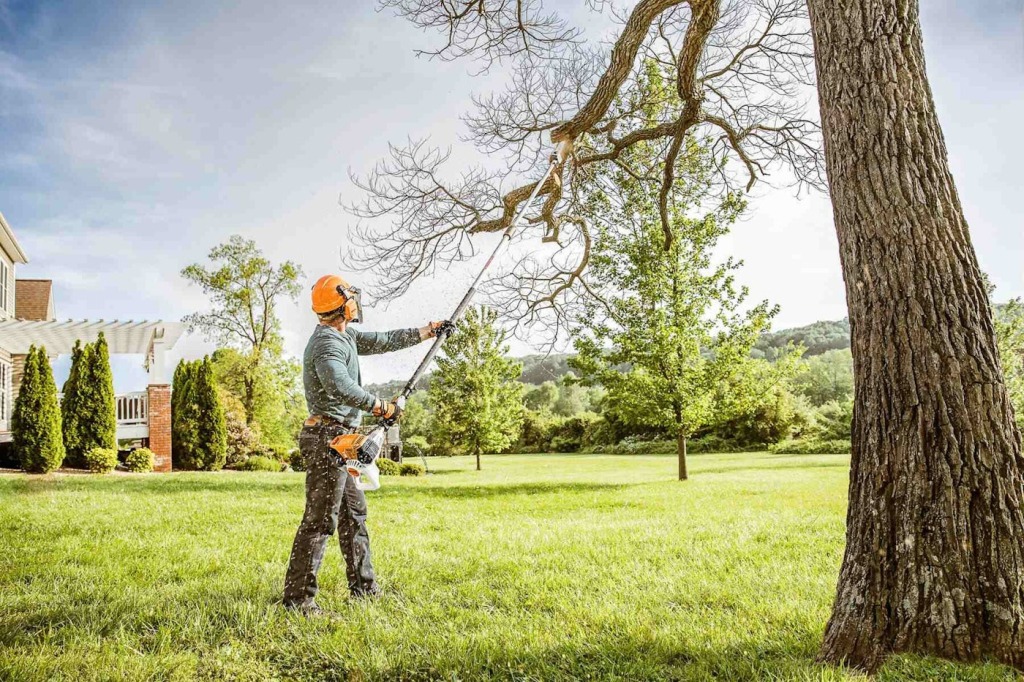The Art of Tree Shaping: Transform Your Yard with These Pruning Tips

The art of tree shaping encompasses more than just the aesthetic transformation of your yard; it represents a crucial component of tree maintenance that ensures the health and longevity of these vital outdoor elements. By skillfully pruning and shaping trees, homeowners can dramatically enhance the visual appeal of their landscape while also safeguarding the structural integrity and vitality of their arboreal assets
Understanding Tree Shaping and Pruning
Tree shaping, also known by several alternative names, utilizes living trees and other woody plants to create structures and art. This practice shares a common heritage with other artistic horticultural and agricultural practices such as pleaching, bonsai, espalier, and topiary, employing similar techniques to achieve desired forms.
The Importance of Tree Pruning
Pruning is essential for maintaining the health and aesthetics of trees, especially in urban and suburban settings where natural processes do not suffice. By removing overgrown or dead branches, pruning helps prevent safety hazards, such as falling branches, and enhances a tree’s structural integrity and appearance. It is also crucial for balancing growth and directing it into a desired shape, which can significantly improve a tree’s overall function and aesthetic value.
Common Misconceptions
Several myths surround the practice of tree pruning, often leading to harmful practices. One prevalent misconception is that tree topping, which involves cutting large branches or the top of the tree, is beneficial. In reality, this practice can severely damage the tree’s health and structural integrity
Essential Tools for Tree Shaping and Pruning
- Hand Pruners and Shears
- Loppers and Saws
- Safety Equipment
Step-by-Step Guide to Pruning Different Types of Trees
Deciduous Trees
- Identify the Structure: Begin by understanding the tree’s anatomy; focus on the trunk, scaffold branches, and lateral branches.
- Corrective Pruning: Remove damaged or diseased wood, and eliminate branches that may cause rubbing. Make cuts into healthy wood and disinfect tools between each cut.
- Training Young Trees: Select permanent scaffold branches with wide angles of attachment. Avoid narrow angles as they are weak points. Train trees to have a single leader.
- Pruning Techniques: Use heading cuts to control height and stimulate growth, and thinning cuts to remove branches to their points of origin, improving the tree’s overall health and structure.
Personal Safety Measures
When engaging in tree shaping and pruning, personal safety should never be overlooked. The first step involves reading the manual of the equipment to understand its proper use and safety features. Wearing the right gear is crucial, including a helmet, safety goggles, ear protection, work gloves, a thick shirt, thick pants, and boots with good traction
When to Call a Professional
Certain situations necessitate the expertise of a professional arborist. Major tree work, especially when branches are near power lines or when a tree shows signs of decay, should be handled by professionals to prevent accidents and ensure safety
Choosing the Right Arborist
Selecting the right arborist is critical for the health and longevity of your trees. Look for arborists with certifications such as the International Society of Arboriculture (ISA) credential, indicating a standard of knowledge and commitment to proper tree care practices. Ensure that the arborist is fully insured and accredited, providing a layer of protection and assurance of quality work. Experience and reputation are significant indicators of reliability; hence, checking online reviews and asking for client references is advisable.
source https://experttreeremovalptyltd.wordpress.com/2024/05/23/the-art-of-tree-shaping-transform-your-yard-with-these-pruning-tips/
While browsing online, I came across your blog and found it extremely helpful. True Gen Tree Service offers exceptional Tree shaping services in Norfolk VA. Their crew transformed my trees beautifully while maintaining a natural look. The quality of work truly exceeded my expectations.
ReplyDelete